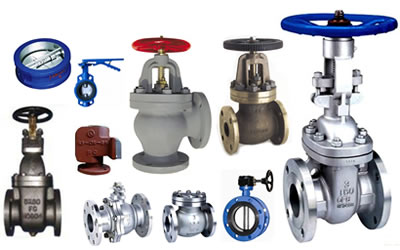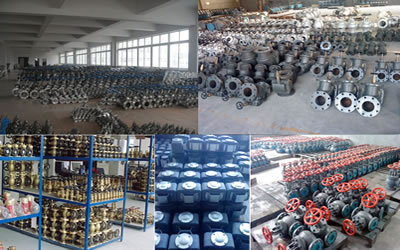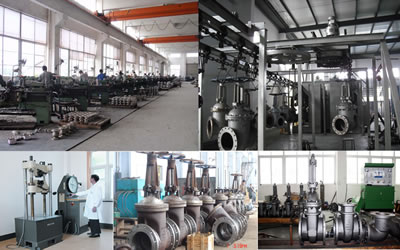In this issue: An air quality strategy for the Thames, addressing safety in Arctic shipping, the importance of maritime chokepoints, plans to build the Seine-Nord Europe Canal, helping the industry move towards a low-carbon era, and more.

Ship Technology Global is now free for the iPad. Download our app to read the latest issue and browse our back issues for free.
The Port of London Authority is working with the Mayor of London and TfL on new research to help develop an air quality strategy for the Thames. We find out more about the research, which covers shore-side power, emissions from vessels during trips and an inventory of all emissions from vessels on the river.
We also learn more about a research project to address safety and efficiency in Arctic ship operations, take a closer look at the most important shipping chokepoints and analyse how they contribute to the global oil supply, and consider the fate of the proposed 107km Seine-Nord Europe Canal, which could link Paris to Rotterdam and Antwerp.
Finally, we find out how the Global Industry Alliance is helping break down barriers blocking the industry from moving towards a low-carbon era, and hear from MAATS Tech about why a changing energy landscape could be the catalyst for a new generation of ships.
Read the issue for free on your iPad through our app, or if you're on a desktop computer you can also read it in our web viewer.
In this issue
Clean Air for London
This summer, the Port of London Authority announced new research to develop an air quality strategy for the Thames. Eva Grey finds out more about the project, which will look into shore-side power and emissions monitoring.
Read the article here.
The Arctic Case
A new research project has been launched to address the safety and efficiency of Arctic ship operations. Joe Baker finds out more about the project, which aims to mitigate navigation issues and design special vessel coatings.
Read the article here.
Maritime Chokepoints
Earlier this year, two reports analysing the world’s main shipping routes found that international trade is increasingly reliant on a handful of transit chokepoints, the disruption of which could easily throw the global food supply and the energy market into disarray. Eva Grey reports.
Read the article here.
Last Piece of the Puzzle
A plan to build a 107km canal linking Paris to the European ports of Rotterdam and Antwerp has been gestating for years. With a new French Government in place, Eva Grey finds out what’s in store for this challenging infrastructure programme.
Read the article here.
A Low-Carbon Future
The Global Industry Alliance launched in June to help break down the barriers blocking the shipping industry from moving more quickly towards a low-carbon era. Joe Baker finds out whether this coalition could succeed in stimulating such a move.
Read the article here.
The Tides of Change
Shipping has allowed us to adapt to new challenges over the years, and while the circumstances may change the need to innovate remains. William Gibby, technical director at MAATS Tech, explains why a changing energy landscape could be the catalyst for a new generation of ships.
Read the article here.
Next issue preview
Shipbreaking is a lucrative industry and one that is almost solely carried out in countries like Bangladesh and India. But, after concerns around the ethics of selling a scuppered ship to the lowest bidder, the EU is considering offering a financial incentive to ensure more ships are recycled at EU-approved facilities. We find out whether it will work.
We learn more about GloFouling Partnerships, which has been set up to tackle the issue of transferring aquatic species, consider whether composite materials could replace steel in the construction of lightweight ships, and look at what ports can do to prepare for the impact of global warming.
Finally, we ask how shipping companies can best defend their vessels against cyber threats, and find out more about the risk posed by unsecured communications links in the maritime sector from Applied Risk.
Digital magazine FAQ
You can read Ship Technology Global for free on the iPad. Download our app to read the latest issue and browse the back issues in our archive. Sign up for a free subscription in the app and never miss a new issue.
You can also continue to read the desktop version for free on our web viewer. (Browser compatibility: The web viewer works in the latest two version of Chrome, Firefox and Safari, as well as in Internet Explorer 9 and 10. Some features may not be compatible with older browser versions.)




